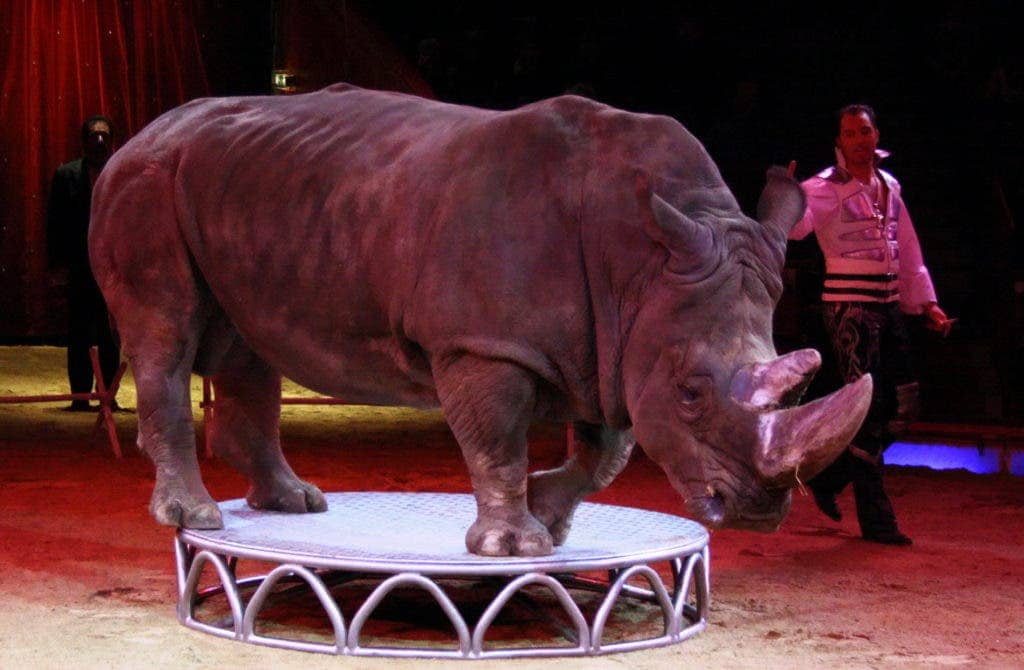The law passed in Italy calls for a gradual elimination of all animal circus acts in the country. Thus, Italy joins 50 other countries and states which have already banned animals in circuses.
“We applaud Italy and urge countries like the U.K. and the U.S. to follow this example and end this cruelty,” said Jan Creamer, president of Animal Defenders International, which supported the launch of the bill.

It’s been well documented that a circus environment goes hand in hand with animal cruelty. Animal welfare groups have documented many such cases in the training of performing circus animals. Even if trainers treat animals decently (which is often not the case), animal circuses are still riddled with animal cruelty. Living in a small cage, constantly on the road, and having to learn and perform tricks in front of large crowds is no way of life for animals.
More and more countries are starting to address this issue. In recent years, the European countries of Romania and the Netherlands have also banned the practice while just last week, the Indian government passed a similar bill. These moves are highly justified.
Before passing the ban, the Ministry of Agriculture, Nature and Food Quality of the Netherlands asked researchers from Wageningen University to conduct an investigation into the welfare of circus animals. Here are some of the issues they found:
- 71% of the observed animals had medical problems
- 33% of tigers and lions did not have access to an outdoor enclosure
- Lions spend on average 98% of their time indoors
- An average enclosure for tigers is only 5 m2
- Elephants are shackled in chains for 17 hours a day on average
- Elephants spend on average 10 hours a day showing stereotypic behaviour — abnormal behavior exhibited solely by animals subjected to barren environments, scheduled or restricted feedings, social deprivation, and other cases of frustration
- Tigers are terrified of fire but are still forced to jump through fire rings
- Since 1990 there have been over 123 cases of lion attacks at circuses
- Animals are trained through physical discipline

This is quite similar to what’s happening in circuses in Italy or in other parts of the world. In 2015, the Federation of Veterinarians of Europe adopted a position paper in which it recommends prohibiting of the use of wild animals in all traveling circuses.
Thankfully, more and more governments are starting to tackle this issue. Over 50 countries now have total or partial bans on circus animals and animal-free circuses are becoming more and more common. It’s encouraging to see Italy also join them. The US and the UK have only implemented partial or local bans.
However, there are also concerns about how this law was passed, as some say it still leaves a lot of wiggle room. Concerns loom about how “gradual” the change will be and whether the law leaves any room for ambivalence.


